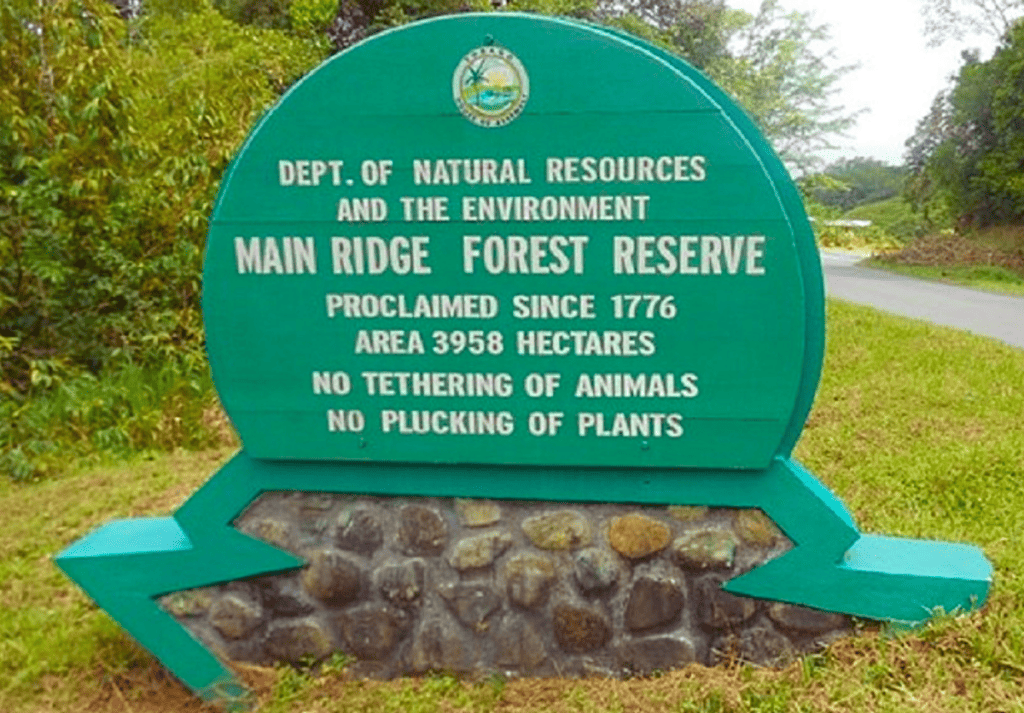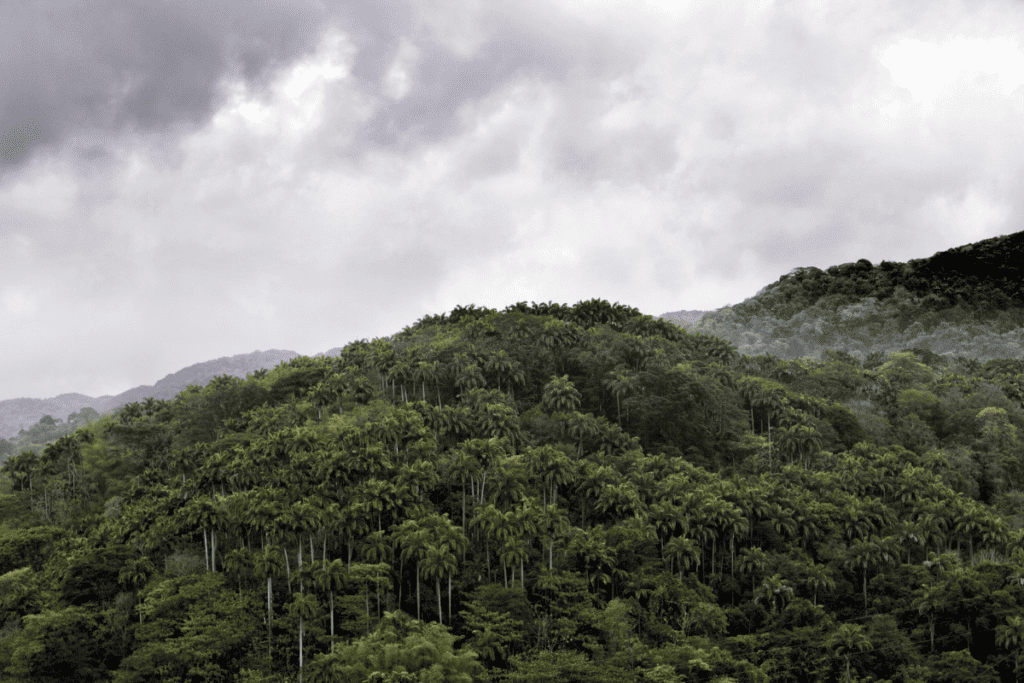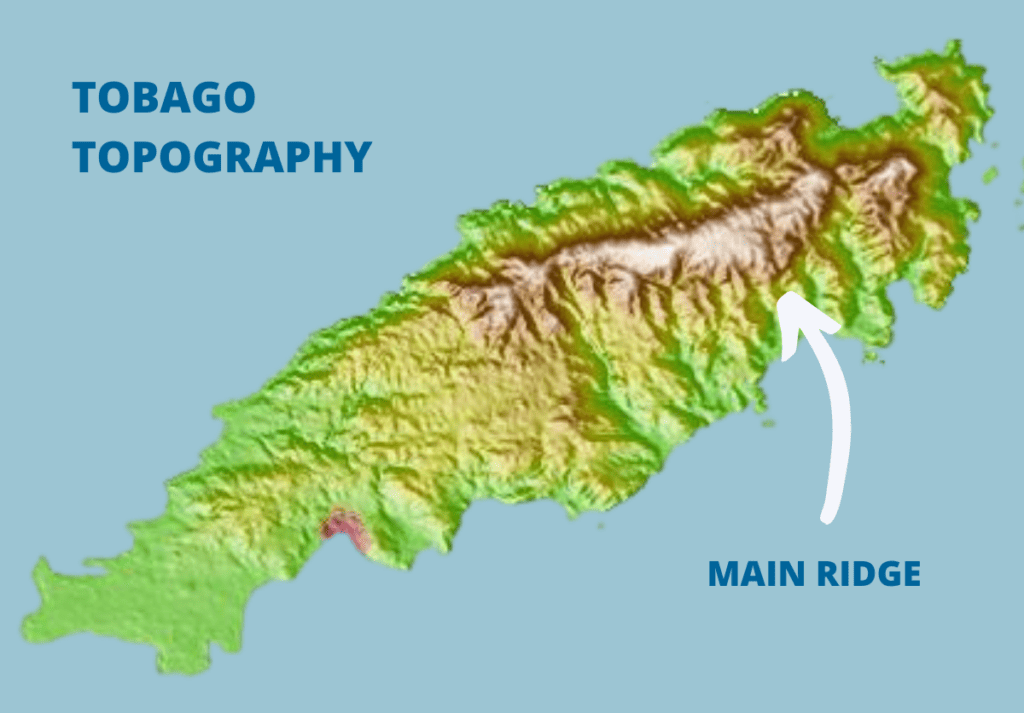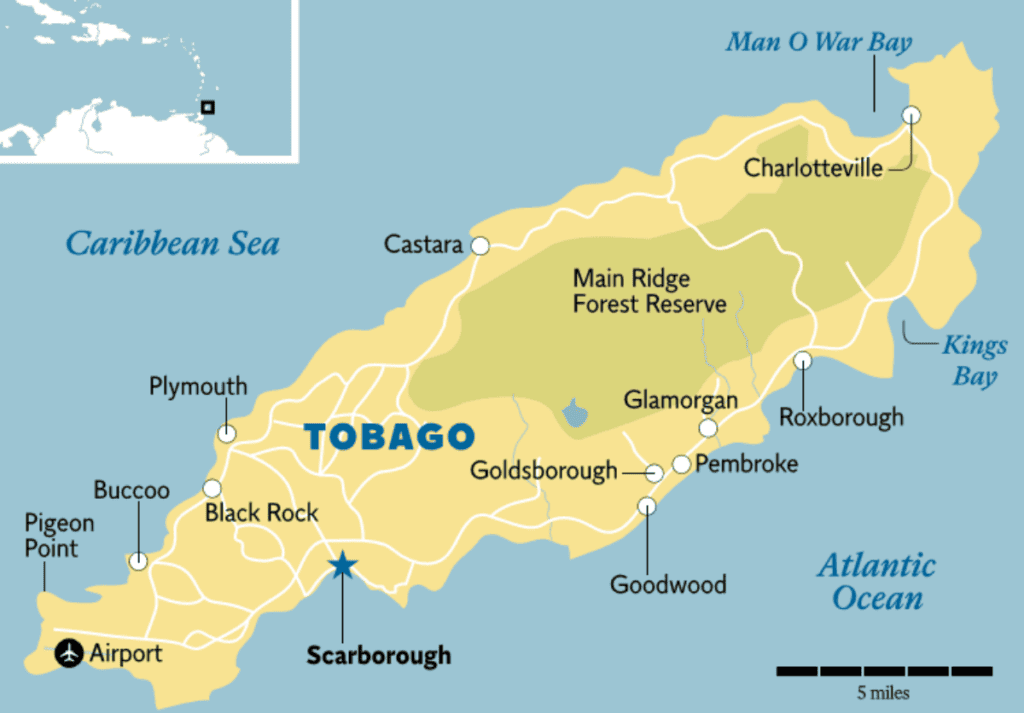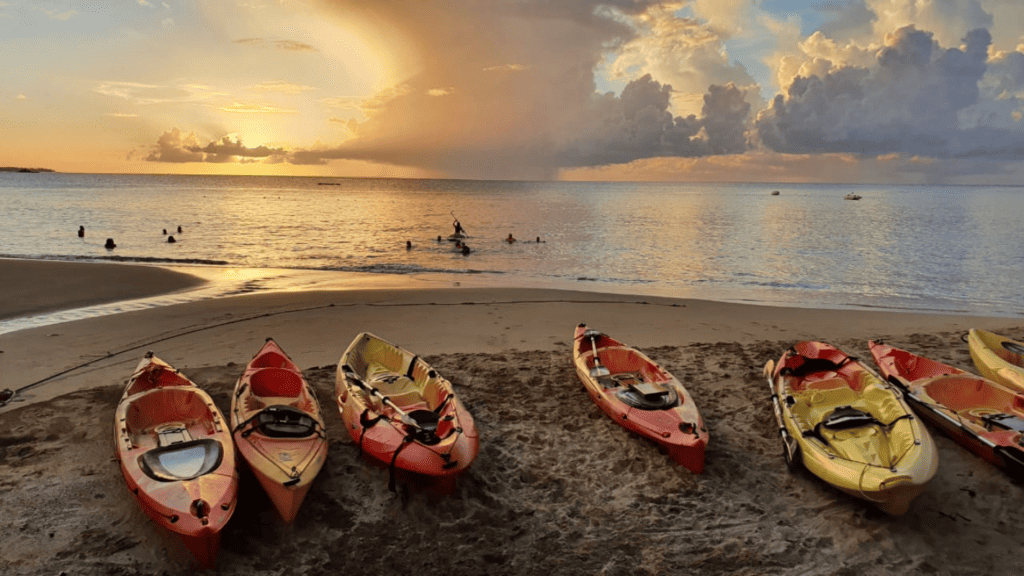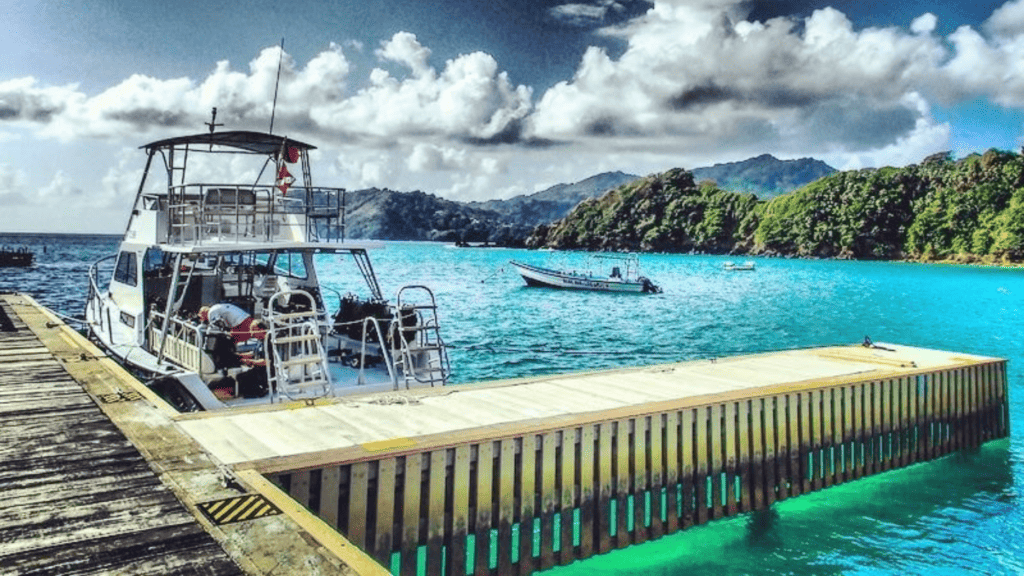The designation of North East Tobago as a UNESCO Man and the Biosphere (MAB) Reserve has led to celebration among advocates of sustainable development in Tobago who say the island stands to benefit enormously from being awarded the coveted title. This distinction places North East Tobago on a list of 714 UNESCO biosphere reserves worldwide that includes famous destinations like Mount Olympus in Greece and Komodo National Park in Indonesia.
But what exactly does this mean for North East Tobago and the nation at large? To get an answer, one must first understand what makes a UNESCO biosphere reserve special and why North East Tobago was viewed as an ideal candidate.
Biosphere Is A Term That Covers Life, Land, Water and Air
A UNESCO biosphere reserve is an area that has been recognised for its unique biodiversity, valued environment and the sustainable way of life practiced by its human inhabitants. The designation is awarded by the United Nations Educational, Scientific and Cultural Organisation (UNESCO) with the objective of fostering a more harmonious relationship between man and nature. This is achieved by reconciling human activity with the conservation of biodiversity and by establishing a scientific basis for the sustainable management of the biosphere’s natural resources.
On October 28, 2020, the Man and the Biosphere International Coordinating Committee announced that North East Tobago would receive the prestigious UNESCO designation with Tobago’s Main Ridge Forest Reserve as the big attraction.
Tobago’s Main Ridge Is Rare And Uniquely Biodiverse
North East Tobago’s UNESCO biosphere reserve contains the world’s oldest tropical rainforest reserve known as the Main Ridge Forest Reserve. This rainforest is located in Tobago’s Main Ridge, which presents a rare, largely intact Caribbean island ridge-to-ocean ecosystem. Geographically speaking, a ridge is a long narrow raised land formation with sloping sides. Many consider the Main Ridge in Tobago to be the backbone of the island.
North East Tobago’s UNESCO biosphere reserve spans 83,488 hectares, with a marine area of 68,384 hectares, and is teeming with life. A range of 1,774 different species of flora and fauna, across 19 different types of habitats, call the biosphere home. The area is shared with 10,000 North East Tobago residents who live within the biosphere and who, in many cases, depend on conservation of biodiversity to sustain their livelihoods. The biosphere features 41 endemic species (found only in Tobago) and 83 species living there appear on the IUCN Red List of threatened species. There is a lot to protect!
UNESCO lists the most outstanding species in the biosphere as the Campylopterus Ensipennis, known more commonly as the White-tailed Sabrewing Hummingbird. This stunning creature is both rare and endemic to Tobago and was once believed to be extinct after Hurricane Flora destroyed most of its rainforest habitat in 1963.
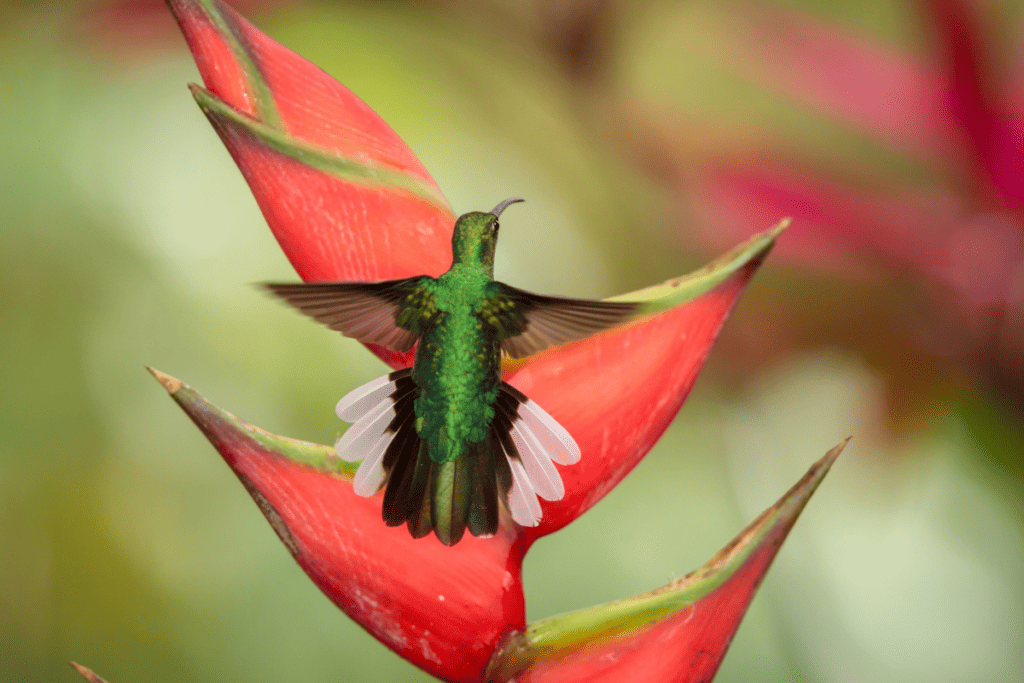
The rainforest has made a remarkable comeback since then given that Tobago’s UNESCO biosphere reserve is now the largest such site in the English Speaking Caribbean. It spans 15 communities – from Belle Garden in the east towards Moriah in the northern region of the island. The only larger UNESCO biosphere reserve in the Caribbean is the Archipel de la Guadeloupe located in the French territory.
A Big Win For Sustainable Development
UNESCO describes biospheres on its website as learning places for sustainable development that provide “local solutions to global challenges”. The designation is meant to encourage research that uses a combined approach between natural and social sciences to improve human livelihoods and to manage natural and controlled ecosystems. UNESCO conducts a periodic review on the functioning of the reserve and the involvement of native populations once every decade.
Environmentalists based in Trinidad and Tobago hope the title of UNESCO biosphere reserve will incentivise Tobagonians to diversify their economy towards sustainability in order to retain the designation for future generations.
Aljoscha Wothke, CEO of Environmental Research Institute Charlotteville (ERIC), described the programme as a “tool” that Tobagonians have to “pick up and use”. According to Wothke, this means that the government, private sector and civil society would all have to work together for the MAB designation to be successful.
Public, Private & Civil Society Engagement
Ancil Dennis, Chief Secretary in the Tobago House of Assembly (THA), welcomed the news of North East Tobago’s designation as a UNESCO biosphere reserve calling it proof that sustainable development for Tobago is paramount. “This man and biosphere designation is only an opportunity for us to improve the management and protection of our natural and cultural heritage – two areas that have always been extremely important to us here in Tobago,” he said.
Dennis made these remarks in a video shared by The Division of Quarries Infrastructure and the Environment (DIQE) of the THA, which has posted a series of videos to its social media pages celebrating the milestone.
In one video, spearfisher Ojani Walker said he sees Tobago’s participation in the programme as a plus calling it a great incentive for the recovery of beaches, reefs, and the environment. In another video, certified tour guide Darlington Chance, said the designation would bring a lot of interest to Tobago and help generate income for people like him in the tourism sector. “If we don’t protect it, we will not have it,” he said about nature, as he laid out his vision for a sustainable future.
Also featured was my colleague Patricia Turpin, Vice President of NGO Environment Tobago and 45-year-long resident of North East Tobago. She celebrated the milestone by calling on her fellow islanders to “work together with those who are running this programme” to conserve the beauty and biodiversity of North East Tobago.
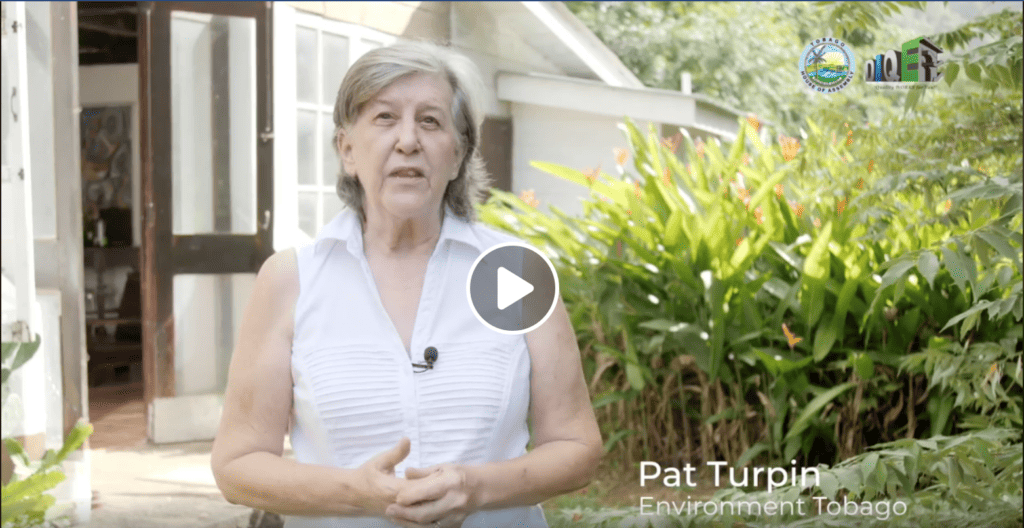
Tobagonians Are Now Inspired – A Personal Note from Environment Tobago
Can we gain inspiration from all of the fanfare and attention? Yes, I say – with global attention fixed on Tobago, it certainly is possible. We have something to smile about even as we look critically at our approach to dealing with climate change adaptation, blue and green economy readiness, and overall sustainable development and growth for Tobago.
It is an overall win-win situation for civil society groups – with their contributions being significantly recognised – as well as Tobago and by extension the entire nation. Every Trinidad and Tobago citizen now has something new and special to inspire in them a sense of national pride and an urgency to conserve what is ours.




